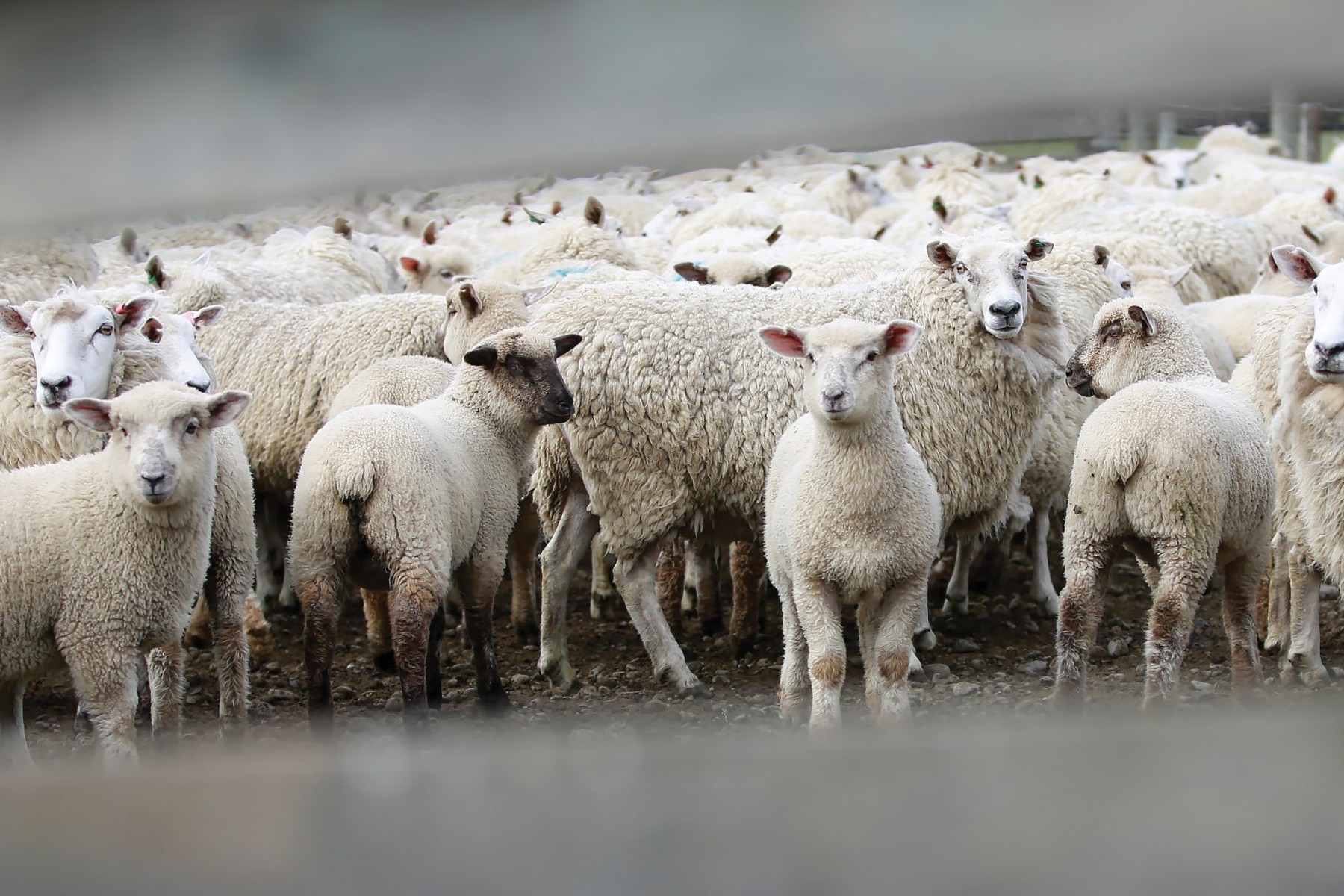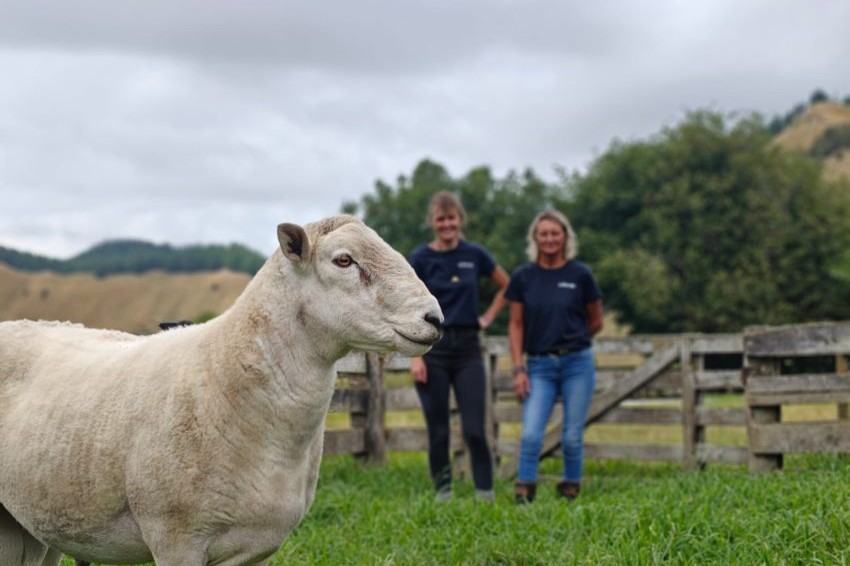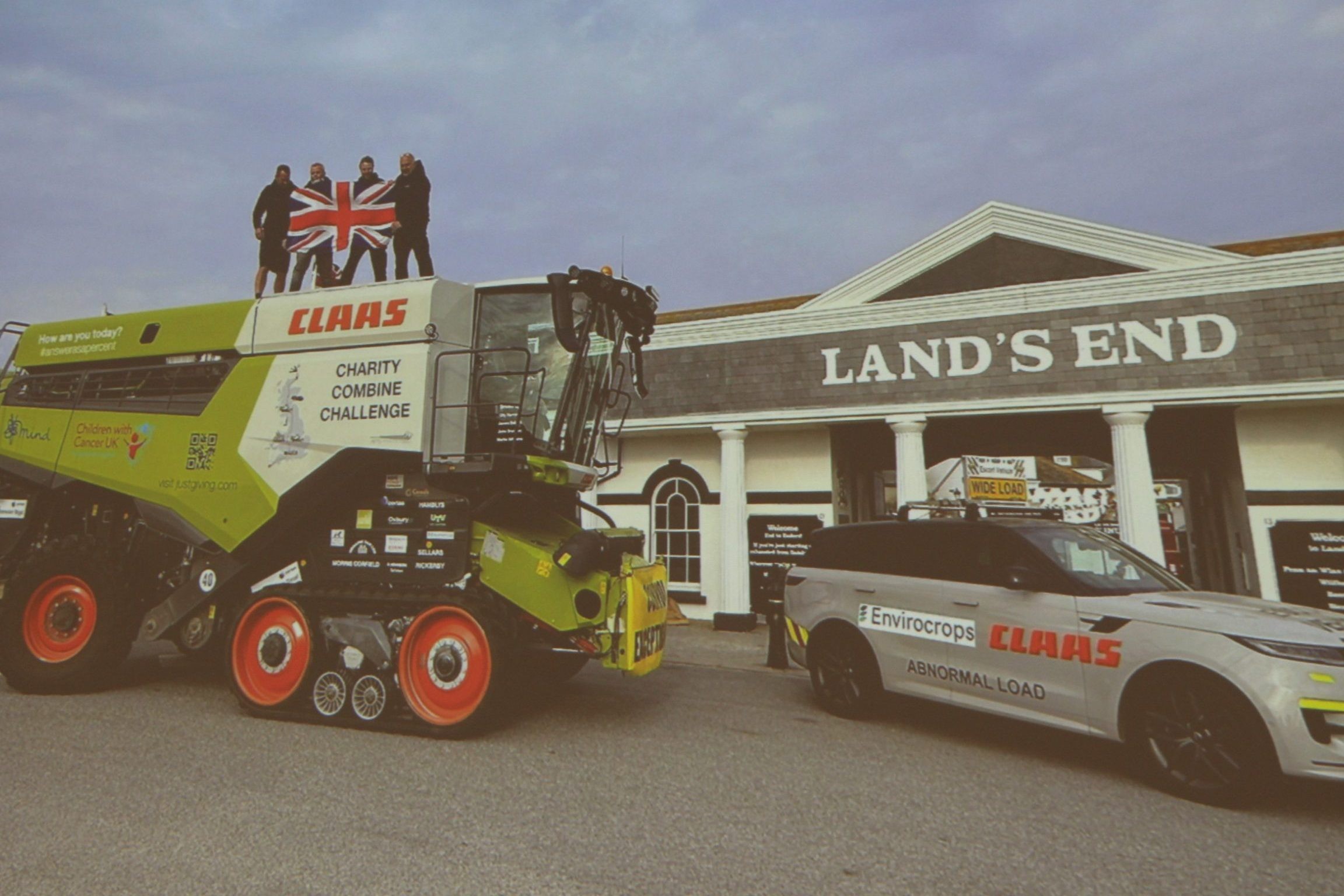It went with a whoomph. Early December the lamb schedule price was a shade under $8/kg carcaseweight (CW) but fell to about $7.30 by the time Christmas present wrapping was completed. Now it has a six in front of it.
In tandem, the store lamb market fell and then fluctuated about $3.30/kg liveweight (LW) for a good 30 to 32 terminal-cross store lamb, throughout December. A year ago, store prices were closer to $4/kg for the same type of lamb. Demand limped through to Christmas with anything with less favourable finishing qualities (e.g. a fine-wool mother) being further shunned. January store lamb price quotes were at a depressing $2.60/kg for less favourable types ($60/head), with a sale at Coalgate yards making $70 for medium store lambs. A North Otago on-farm sale of 2500 Romney cross lambs (mixed-sex) saw the farmer receive $18 less a head than last year. Admittedly, lamb weights were lower (24kg average). These small to medium lambs made $3.20/kg on average and were sold mid-January.
A January on-farm sale of 4800 Suffolk/Halfbred and Halfbred store lambs born in Mackenzie Basin averaged $91/head. Some on-farm store lamb sales in Canterbury ared better, with localised pasture surplus driving competition for quality lambs ($3.40 to $4/kg).
Uncertainty as to schedule prices in 2023 has made finishers twitchy. Feed is around but will lambs make money, even with some bargain store prices?
Adding to price pressure was the squeeze at some processing plants for lamb kill space. In December, Silver Fern Farms reported that the livestock volumes waiting to be processed were the largest they had seen in five years. The newsletter said that it was difficult to give an exact view on wait times by stock class, as livestock forecasts continue to build. The company put in place a maximum number of lambs per supplier. Keeping lambs beyond the optimum finish date only adds cost to farmers. Farmers who sold ewes with lambs at foot in spring will be happy about their early call.
All up, the outlook for autumn is pointing towards a delayed kill for many lambs. As breeders try to finish their own lambs, perhaps on suboptimal pastures, lambs will be around longer. Finishers seeking better returns may look to add more weight, taking lambs beyond 21.5kg carcase weight (CW).
ANZCO sales and marketing general manager Rick Walker says that the ideal lamb has a maximum 19–20kg CW.
“We don’t really want over 21.5 kilograms as we have some issues with products, for example large French racks. We are always resigned to some large lambs but our advice to farmers is to keep killing when the lambs are ready, and ride it out.
“A price today is likely to be better than a price in the near future.”
In the plants, expected and actual Covid absenteeism meant processors were reluctant to run too many chains.
Walker said since Covid, ANZCO has not run plant capacity to the level seen three years ago.
“We are running at optimal with the labour available, and we don’t want to pull labour out of further processing areas as they provide higher revenue.”
Several ANZCO plants opened January 4 this year, and most were back at full speed by January 9.
Much was pinned on consumer demand during Chinese New Year – a seven day public holiday from Jan 22. Sales in Shanghai won’t really be known until mid-February, but Walker says anecdotal evidence was that the city was quiet.
“Our guy in Shanghai said it seems a ghost town – it’s noticeably quiet.”
Chinese families chose to travel back to rural areas to see relatives rather than stay and eat out in the cities.
Walker said sales have been good, based on export data, with 70% sold by volume to China in November.
Only time will tell if this is cleared in the market.
For mutton, Silver Fern Farms said the availability of very cheap Australian product, and plenty of it, continued to undermine the position of New Zealand mutton in competing markets. While mutton volumes were normal, prices saw further erosion.
Walker said Australia was treading into the traditional NZ-centric market in the UK and Europe, following their Free Trade Agreement with the UK in December 2021.





